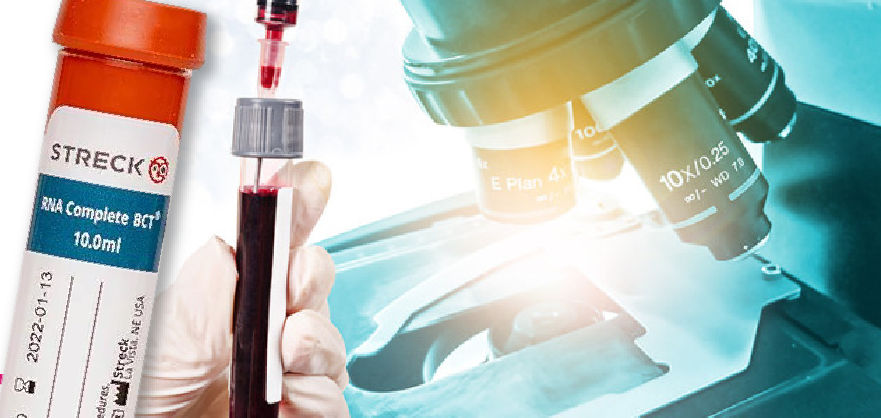Intrachromosomal amplification of chromosome 21 is associated with inferior outcomes in children with acute lymphoblastic leukemia treated in contemporary standard risk children's oncology group studies: a report from the children's oncology group
Five-year overall survival (OS) for children with B cell precursor acute lymphoblastic leukemia (B-ALL) exceeds 90% with risk-adapted therapy. Age, initial WBC count, genetic aberrations, and minimal residual disease (MRD) are used for risk stratification. Intrachromosomal amplification of a region of chromosome 21 (iAMP21; three or more extra copies of RUNX1 on an abnormal chromosome […]


